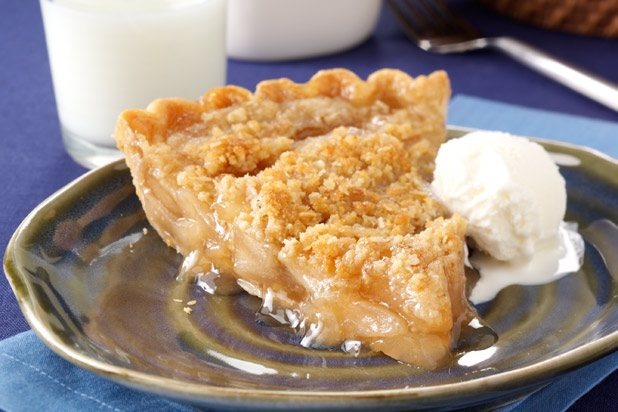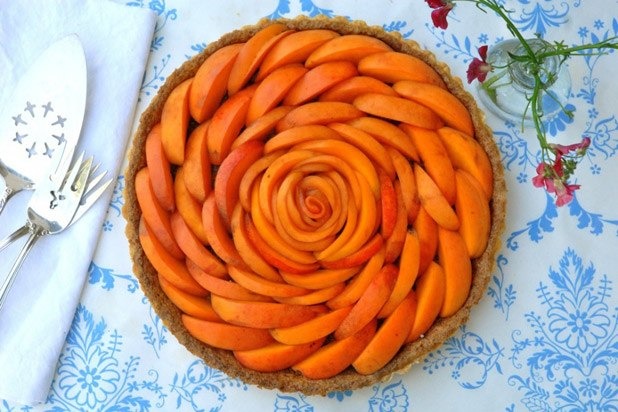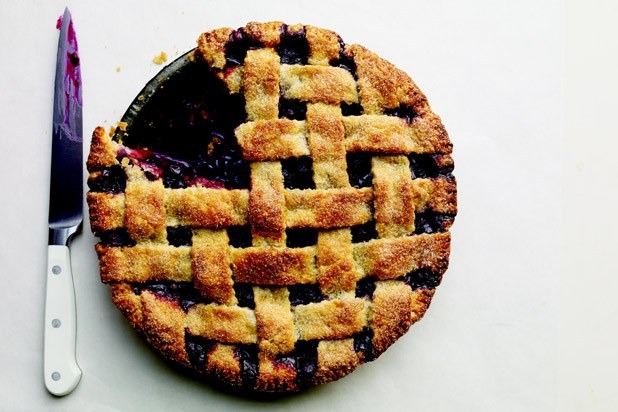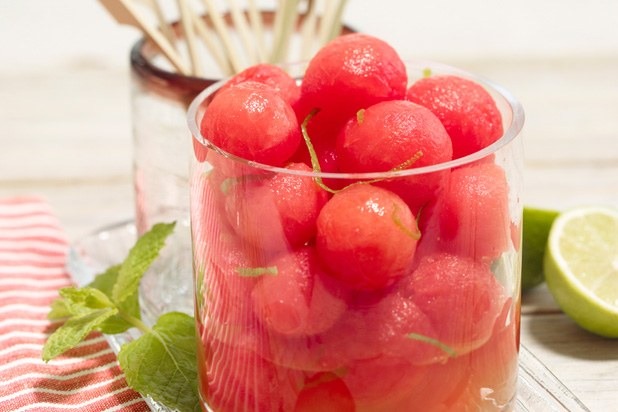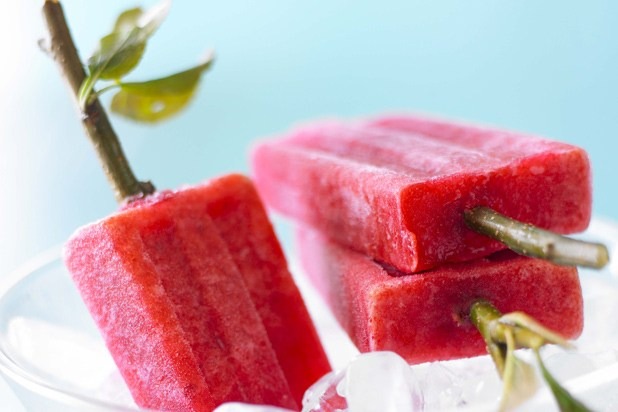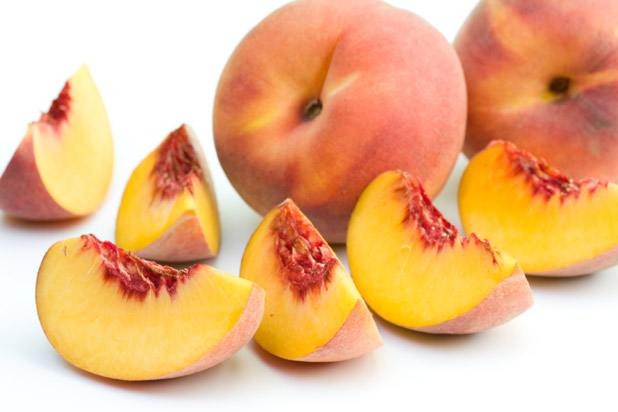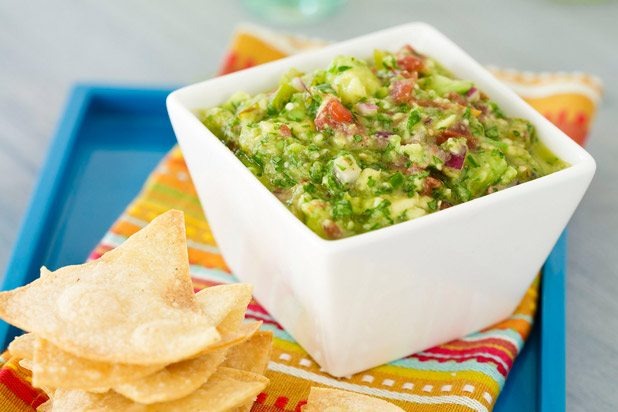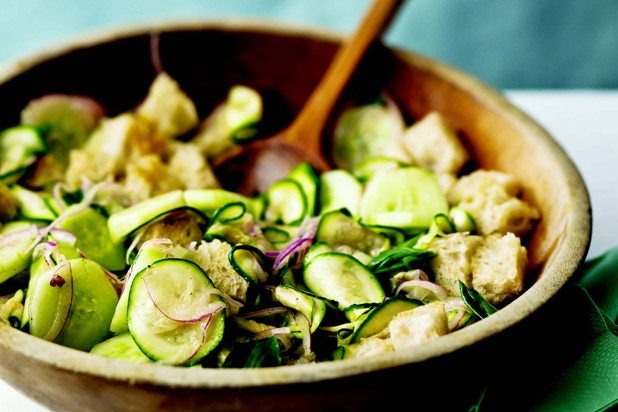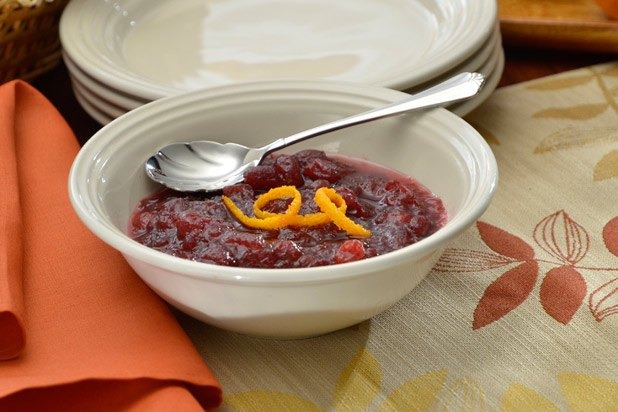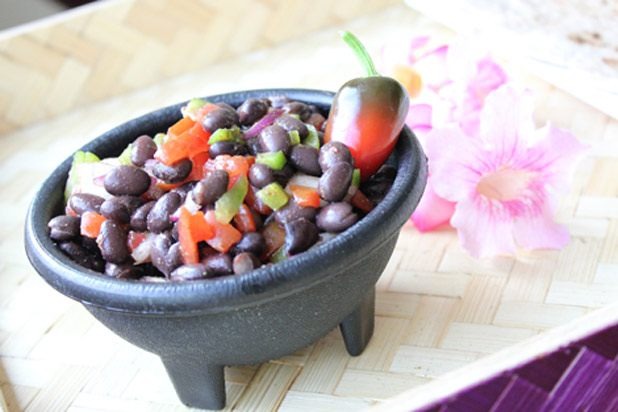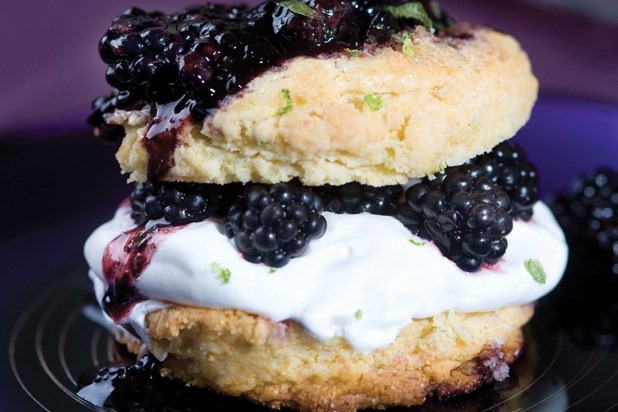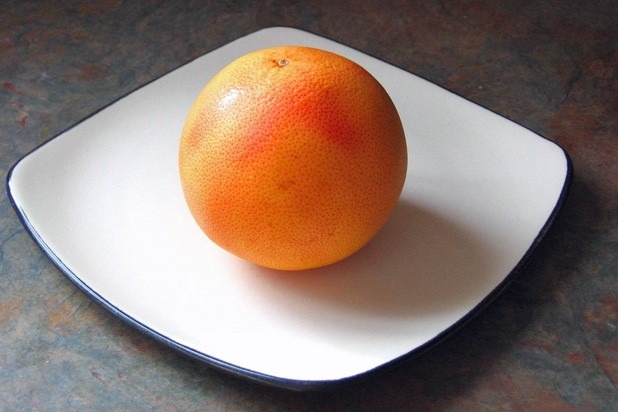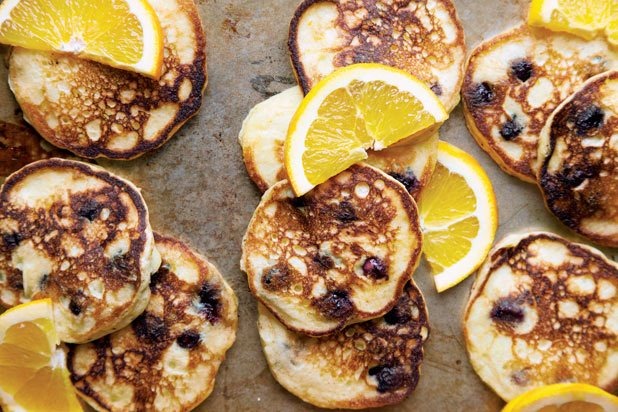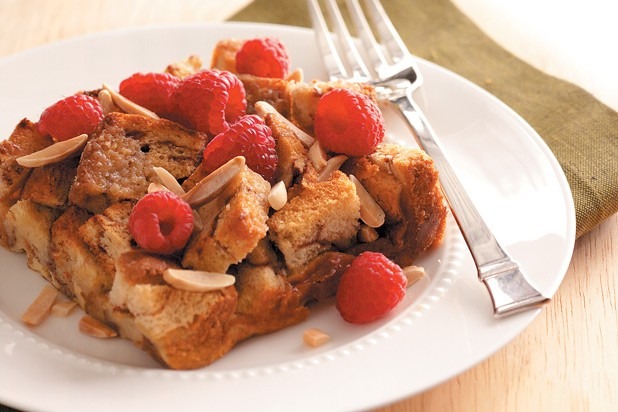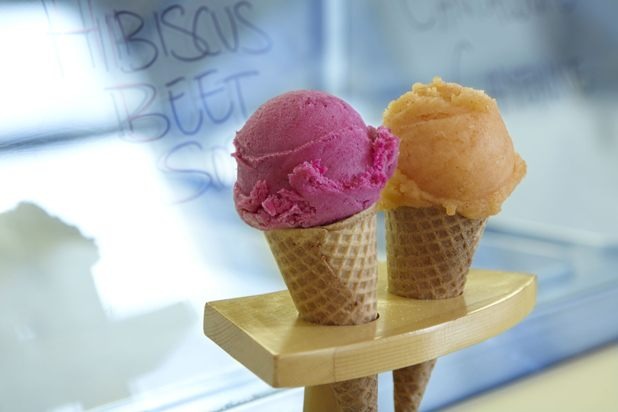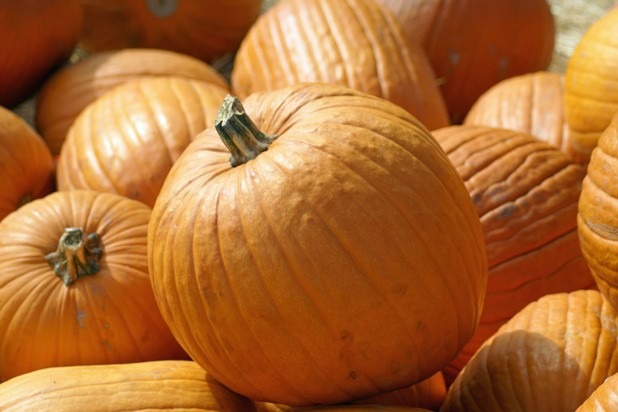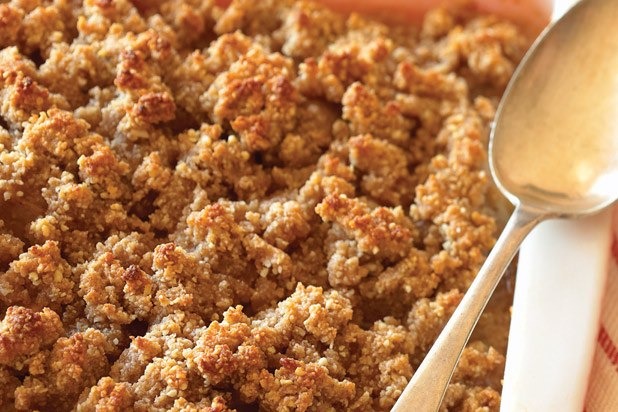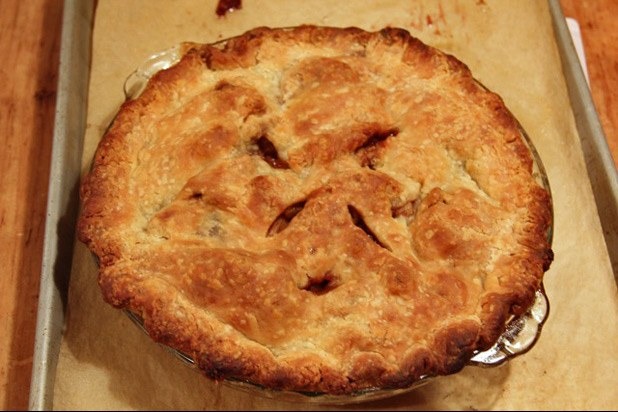19 Crops That Would Disappear Without Bees
Surprise, surprise — the nation's largest producer of apples is Washington State. In a typical year, 10 to 12 billion apples are harvested every year by hand, or put another way, about three out of five apples in the United States come from Washington. That's staggering — and without bees, the cross-pollination needed to produce apples just wouldn't happen on a scale large enough to produce today's crop.
2. Almonds
About 80 percent of the world's almond supply comes from California, which requires about half of the honeybee population in the United States for pollination each year. Valued at more than $3 billion, this crop is California's top agricultural export. This year's crop is the largest ever, at 1.9 billion pounds, most of which is destined for locales in Asia, Europe, and the Middle East. The almond crop is completely dependent on honeybees for pollination.
3. Blueberries
Besides being loaded with antioxidants, they're also delicious on top of pancakes, in muffins, and of course, in pie. The loss of the blueberry crop wouldn't just be felt at the kitchen table, however — the National Agricultural Statistics Service values the nation's blueberry crop, most of which comes from Maine, at more than $593 million, 90 percent of which is pollinated by honeybees.
Click here to see the Martha Stewart's Lattice-Top Blueberry Pie Recipe.
4. Watermelon
The prospect of a summer without this refreshing, juicy fruit is certainly a strange one. Not only is 90 percent of the watermelon crop dependent on honeybees, according to the National Agricultural Statistics Service, but pollination by bees is essential to ensure a melon that is evenly shaped and symmetrical.
Click here to see 9 Cool and Creative Ways to Use Watermelon.
5. Cherries
Honeybees are responsible for pollinating about 90 percent of the cherries in the United States, according to the National Agricultural Statistics Service, most of which come from Washington State. Sweet cherry trees require the pollinating activities of honeybees in order to produce enough fruit for a commercially viable crop.
6. Peaches
According to data from the National Agricultural Statistics Service, about 80 percent of the annual $600 million crop is pollinated by honeybees. Other insects, including other types of bees, contribute the remaining 20 percent.
7. Rapeseed
The rapeseed crop, better known for its common end product, canola oil, isn't exactly a tear jerker but it is one that is almost completely dependent on honeybees for pollination, according to the National Agricultural Statistics Service. And without canola oil — well, there are alternatives, but cooking might get a whole lot more difficult — a relatively cheap, popular, neutral-tasting, and heart-healthy option for cooking all manner of food would suddenly get a whole lot more expensive.
8. Avocados
The National Agricultural Statistics Service reports that 90 percent of the avocados grown in the United States rely on honeybees for pollination. How does that saying go? No avos means no guac. No guac means no party. Boo.
9. Cucumbers
Cucumbers are a popular option for cooling down in the hot summer months. Their cool, fresh flavor and crunchy bite make them a popular addition to salads, sandwiches, and cocktails. Without honeybees, though, the majority of the country's $193 million cucumber crop would be nonexistent.
Click here to see Mario Batali's Cucumber and Zucchini Panzanella Recipe.
10. Cranberries
Thanksgiving just wouldn't be the same without cranberry sauce, and we're pretty sure there would be a pretty big buzz about it around dinner tables across America if, one day, there just wasn't anymore. Cranberries, according to the National Agricultural Statistics Service, are 90 percent reliant upon honeybee pollination. The nation's top cranberry-producing states, Wisconsin and Massachusetts, together put out more than 9 million barrels of cranberries per year.
11. Onions
No onions? Well, you're pretty much screwed. Onions are the base for myriad classic sauces, soups, and stews when cooked, and when raw, are pretty much de facto in tacos, salsas, sandwiches, burgers, and salads. You'll still be shedding tears even when they're gone.
12. Blackberries
Juicy, sweet blackberries are definitely a bit of an indulgence, but whether they're eaten on their own, worked into desserts, or swirled into yogurt parfait, they're always delicious. The loss of honeybees would also mean the loss of this cherished crop, which is almost entirely dependent on them for pollination.
Click here to see the Blackberry-Lime Cornmeal Shortcakes Recipe.
13. Grapefruit
Sweet-tart grapefruit, whether eaten with a spoon or cut into segments by the ambitious, is a breakfast staple for the health conscious. It's also delicious in salads and blended into smoothies and cocktails. Grapefruit is just one of many kinds of citrus almost entirely dependent on honeybees for pollination.
Click here to see the Grapefruit, Fennel, and Feta Salad Recipe.
14. Orange
It probably goes without saying that if you're going to bring up grapefruit, you have to bring up oranges. And the data actually do back this up; like grapefruit, oranges are 90 percent dependent on honeybees for production. That morning cup of orange juice would get a lot more expensive. Maybe we'll just import our way out of this one — except, colony collapse disorder is a worldwide problem.
Click here to see the Blueberry, Orange, and Almond Pancakes Recipe.
15. Raspberries
Luscious raspberries are a special treat, and they're great in tarts, jams, and all on their own. They'll sure be missed when they're gone. Farmers would have trouble growing most berries without honeybees, and the raspberry is no exception; the crop is 90 percent dependent on honeybees for pollination.
Click here to see the Raspberry-Cinnamon French Toast Recipe.
16. Cantaloupe
Originally known as the muskmelon, the name of this fruit salad staple was changed for aesthetic reasons. (Who wants to eat something called a muskmelon, anyway?) All kidding aside however, the nearly $50 million annual crop is nothing to sneeze at, especially when it's so dependent on honeybee pollination.
17. Pumpkins
Halloween just wouldn't be the same without pumpkins, nor would Thanksgiving. This iconic American crop is heavily dependent on honeybees for production, and without them, there would be no pumpkin carving and no pumpkin pie.
18. Pears
There's nothing quite like a refreshing pear crisp on an equally crisp autumn evening, or simply biting down into a perfectly ripe, juicy pear. So here's another reason to help save the honeybees — the nearly $382 million annual crop is heavily dependent on them for pollination.
19. Plums
Luscious, blood red plums picked at the peak of the summer — is there nothing better? Deep, fruity flavors are offset by a slight tang perfect for baking into pies and other desserts.
